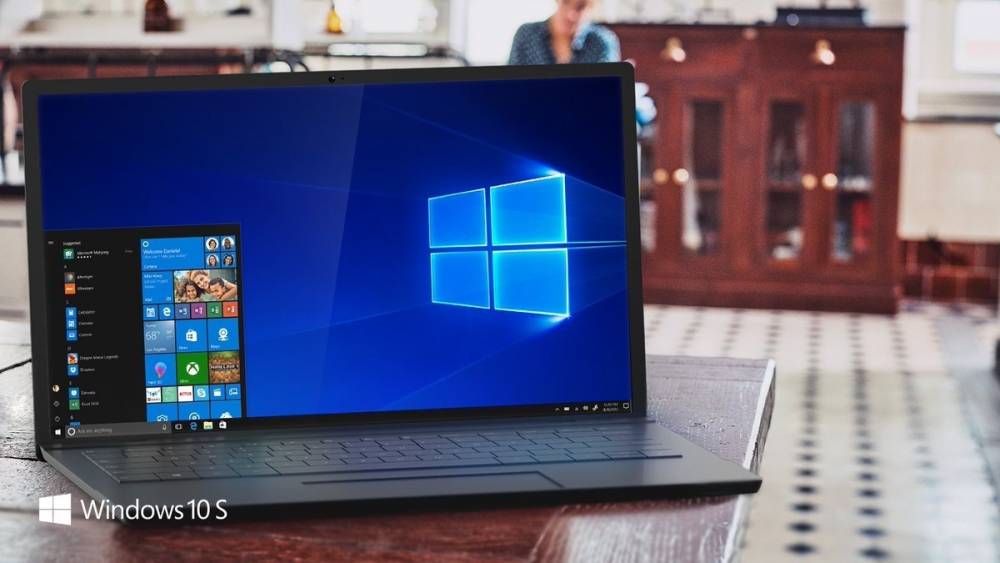
What Is Microsoft Windows 10 Or 11 In S Mode
What is Microsoft Windows 10 or 11 in S Mode?
When Microsoft first announced the Surface Laptop, it was equipped with a new version of the Windows 10 operating system called Windows 10 S.
While 2018's Surface Laptop 2 lacked it, some other new PCs, particularly those powered by ARM, do - but what is it?
Now referred to as Windows 10 (or Windows 11) in S Mode, determining whether you have it or not can be challenging.
The important thing to remember is that when using Windows 10 in S Mode, you won't notice any difference between it and Windows 10 Pro, aside from the different stock wallpaper. It appears identical and performs identically in the majority of cases.
What is Windows 10 or 11 in S Mode?
S Mode is a fully functional version of Windows 10 or Windows 11 that is designed to run smoothly on all hardware and to increase security by allowing only certain apps to run.
These include faster sign-in, increased battery life, and simplified management across a large number of devices. When Windows 10 S was first released, Microsoft demonstrated that a new user could log into the PC faster than a standard Windows 10 Pro PC.
You can only run verified apps from the Windows Store
The significant disadvantage of Windows 10 in S Mode is that it is designed to run only verified applications from the Windows Store. You will be unable to download and install apps from the Internet; this version is effectively sandboxed. This remains unchanged in Windows 11's S Mode.
This is a significant disadvantage for many users, but Windows in S Mode is intended for educational purposes or environments where users are not permitted to install their own applications.
That makes it potentially more secure, but it also means that Microsoft is aware of the software it will be dealing with, which should mean that power demands can be met without some scrappy rogue app consuming power and hogging resources in the background.
If a user of Windows 10 S attempts to install an app from a source other than the Windows Store, the installation will be blocked, but you will be offered an alternative from the Windows Store that has been verified by Microsoft.
Windows 10 S also has no hardware restrictions, as it is designed to run on a wide variety of devices. Microsoft is working on compatibility with a wide variety of third-party accessories and devices, as they will require Microsoft-signed drivers to work with Windows 10 S.
What devices will run Windows 10 in S Mode
S Mode may be enabled on Intel-based PCs intended for educational or business use. S Mode is enabled on a subset of devices based on ARM processors. At the moment, this includes PCs powered by Qualcomm's Snapdragon platform and Microsoft's SQ1 chip.
This is because programs written for Intel or AMD processors are incompatible with ARM processors. They will, however, run universal Windows Store apps.
Can you switch out of Windows in S Mode?
You certainly can. With a few clicks and an update, you can upgrade a Windows 10 S device to Windows 10 Pro. This will remove the restriction on app installation, allowing you to use it in the same way you would any other Windows 10 Pro PC.
To exit S mode on a device, you must have internet connectivity in order to access the Microsoft Store. If you exit S mode, you cannot re-enter it.
1. Navigate to Settings
2. Please select Privacy and Security.
3. On the left, click Activation.
4. You'll see an option to upgrade to Windows 10/11 Home/Pro, depending on your current operating system. To access the store, click the Go to Store button. (Note: Do not click Go to Store under Windows Edition Upgrade.)
5. On the Microsoft Store page, click Get, then Install when prompted.
Are there any changes for Windows 11 in S Mode?
There is one significant change: S Mode is now supported only on Windows 11 Home, not on Windows 11 Pro. Therefore, if you're upgrading Windows 10 Pro in S Mode to Windows 11, you must first exit S Mode.

